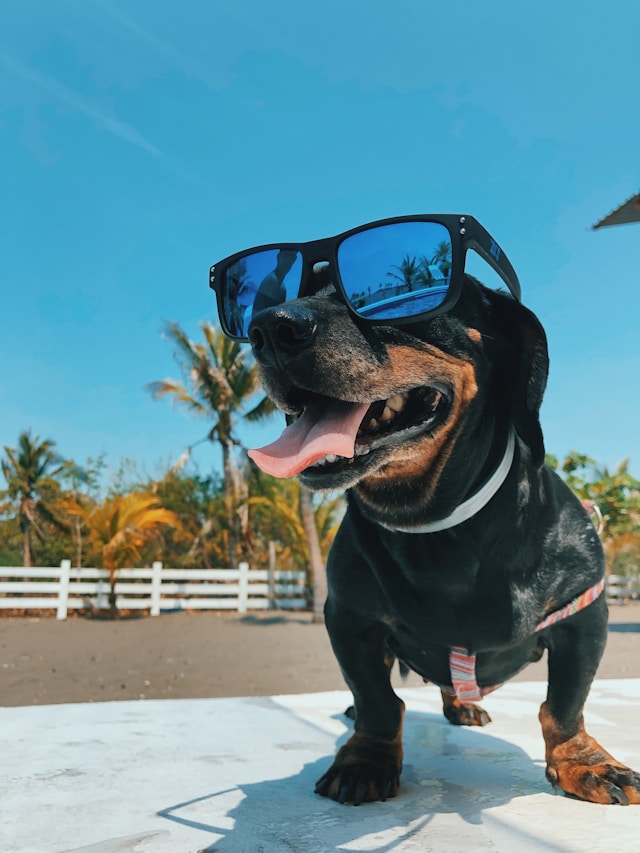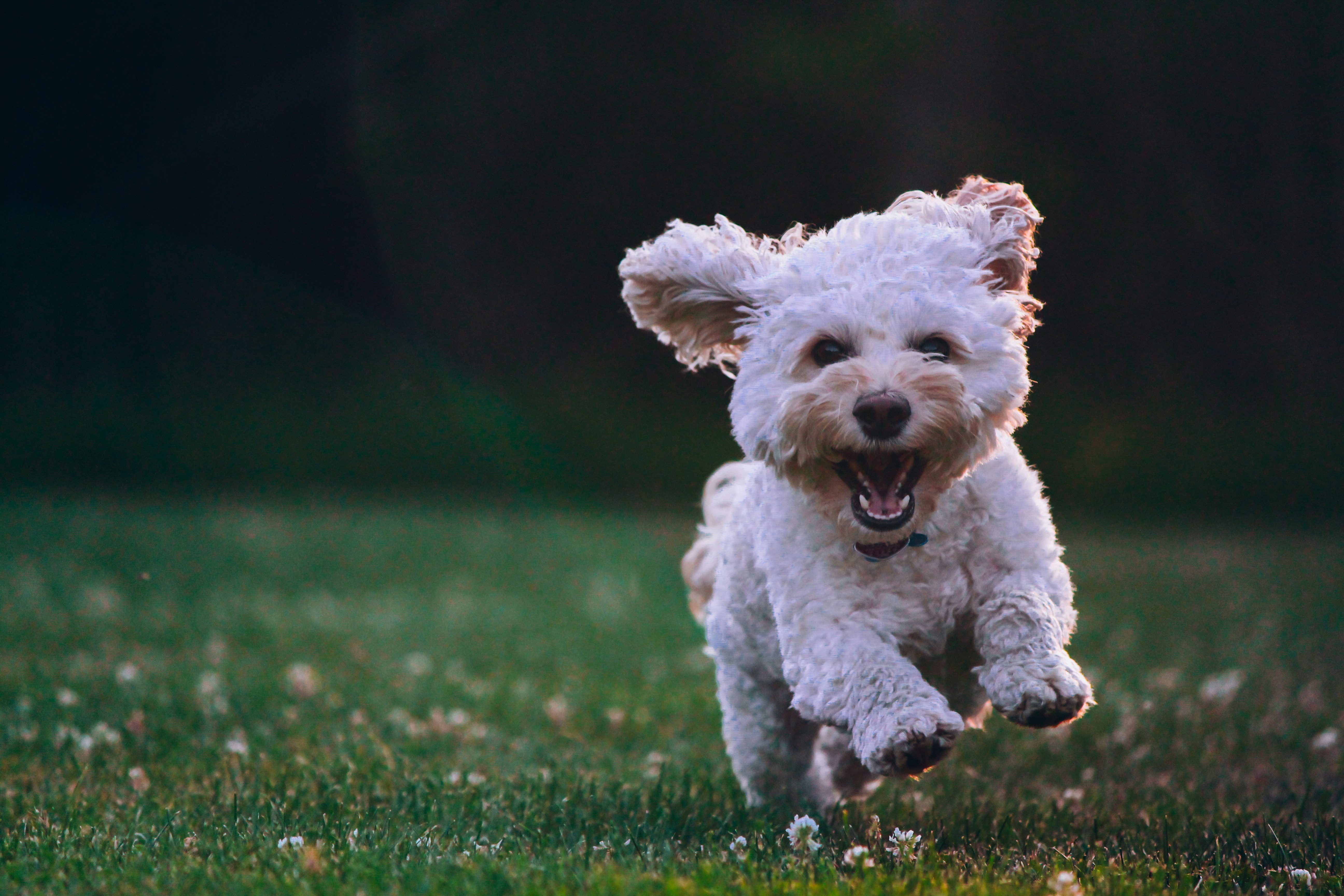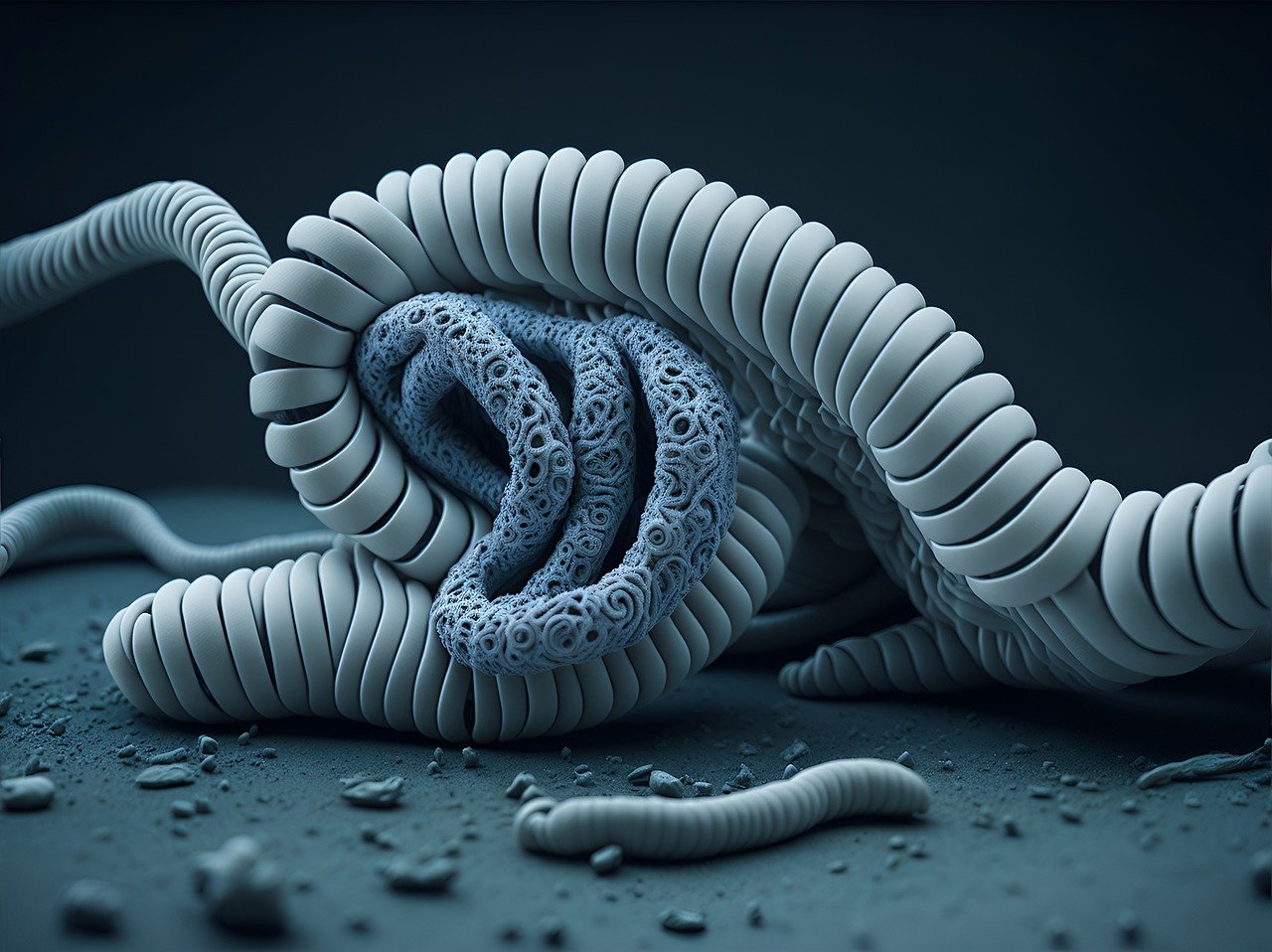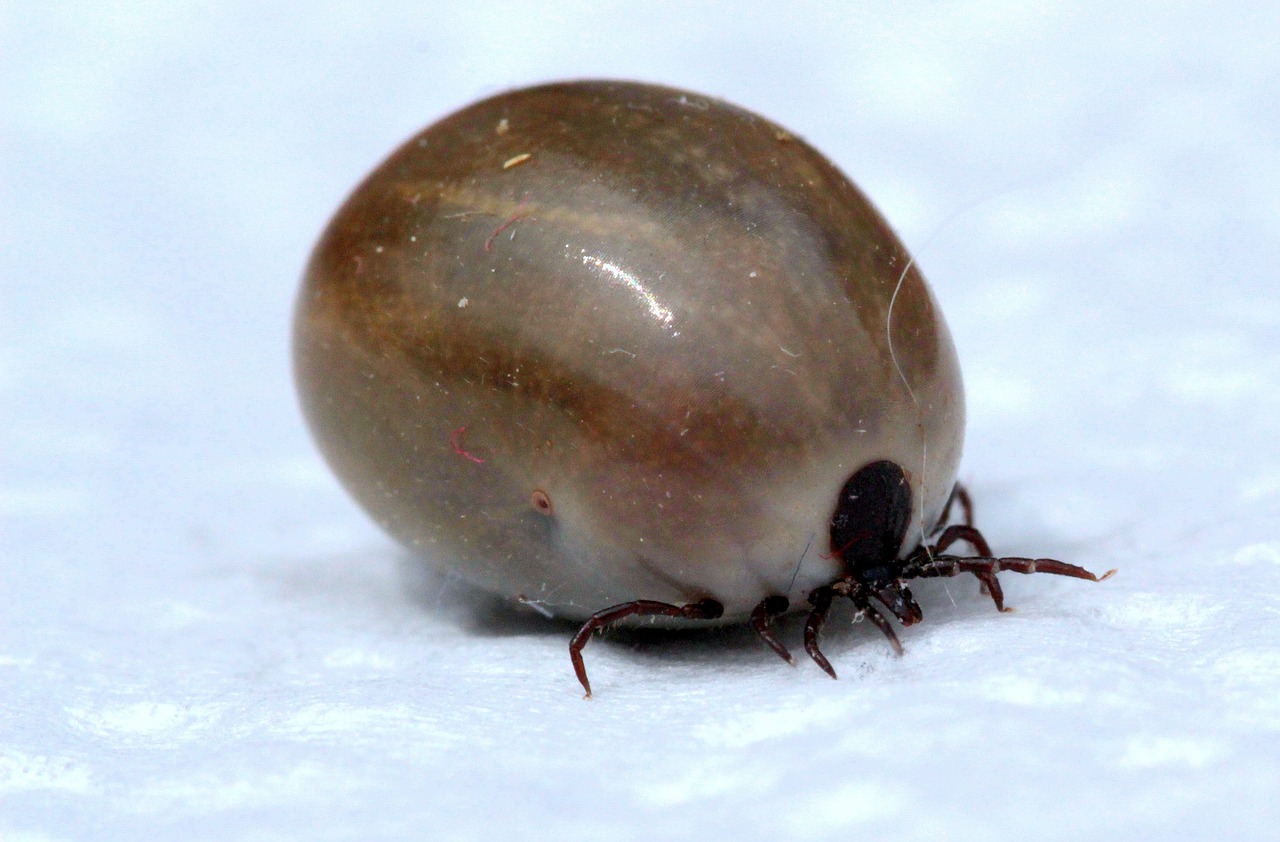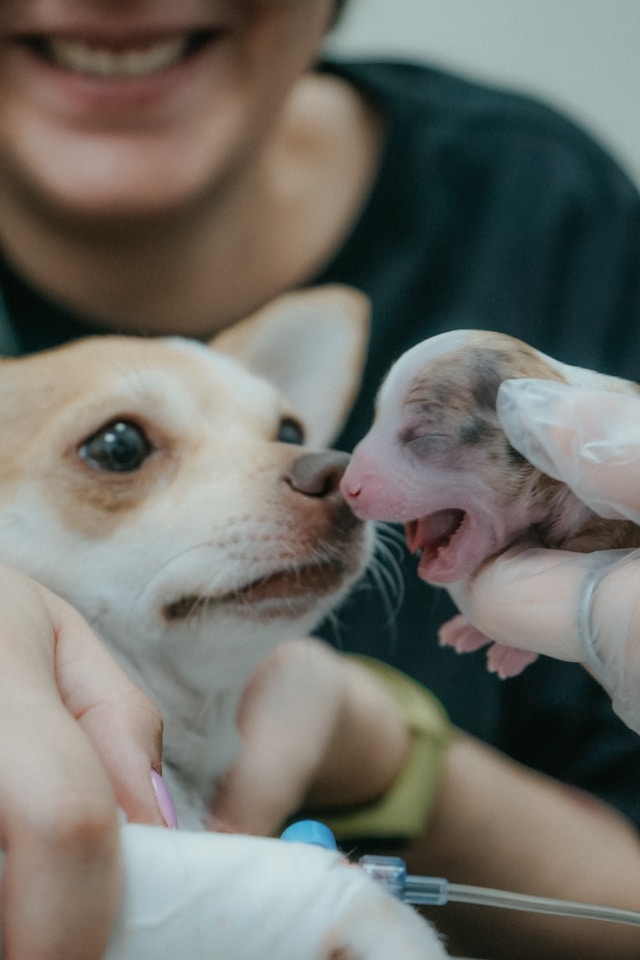Black and Tan Coonhound

| Official Name | Black and Tan Coonhound |
| Common Name | Black and Tan Coonhound |
| Pet Height | 23 to 27 inches |
| Pet Weight | 65 to 110 pounds |
| Lifespan | 10 to 12 years |
| Good With | children, dogs, families |
| Temperament | Friendly, gentle, willful |
| Intelligence | high |
| Shedding Amount | occasional |
| Exercise Needs | high |
| Energy Level | active |
| Vocal Level | howler |
| Drool Amount | medium |
| Breed Group | hound |
| Breed Size | large (61-100 lbs.) |
| Coat Length | short |
| Colors | black, brown/chocolate/liver |
| Patterns | black and tan |
| Other Traits | easy to groom, good hiking companion, high prey drive, loves water, prone to health issues |
These dogs are energetic and love to stay active, especially when their super-sensitive noses are involved in the action.
They're a perfect blend of a homebody and an adventurer, making them ideal for families who live in wide-open spaces. They enjoy using their keen sense of smell to explore and even "sing" with their distinctive baying.
Originally bred in the U.S. after the Revolutionary War, black and tan coonhounds were trusted hunting partners for settlers, even earning the nickname "settlers' dogs." Though they still excel in hunting due to their remarkable scent-tracking abilities, these intelligent dogs are equally happy to be part of a family. They'll be content and full of joy as long as they get plenty of affection and have room to roam and explore.
Appearance
One glance into a black and tan coonhound's eyes and it's clear how gentle and lovable these dogs are. With their large black noses, tan eyebrows highlighting their soulful eyes, slightly wrinkled faces, and long, velvety ears that drape like curtains, it's hard not to fall for them instantly.
As puppies, they're adorable with their oversized paws and ears that almost reach their shoulders, making them look adorably out of proportion. But these hounds grow into impressive dogs, standing 23–27 inches tall and weighing 110 pounds. Despite their sometimes clumsy puppy phase—where their big paws might seem to trip over their long ears—black and tan coonhounds are quite agile and fast, originally bred to hunt big game and chase smaller animals up trees.
Their coats are sleek and short, mostly black, with tan accents on their eyebrows, muzzle, chest, and legs. Occasionally, you might spot a hint of white on their chest, adding a unique touch to their already striking appearance.
Personality
While every dog has a unique personality, black and tan coonhounds are generally known to be friendly, easygoing, and social. They enjoy being around people, are typically patient with kids, and make great companions for active families or households where they have plenty of space to stretch their long legs.
Because they were originally bred for hunting, black and tans have a strong prey drive. According to Sarah Wooten, DVM, a veterinary expert with Pumpkin Pet Insurance, this means they might not be the best fit for homes with cats, birds, or small pets. However, they usually get along well with other dogs.
Your black and tan Coonhound may also be a bit shy or reserved around new people, but with proper socialization as a puppy, they can grow into a more confident and friendly dog.
Although these dogs are pretty smart, their "puppy phase" tends to last longer than you might expect. Wooten notes that it can take up to three years for them to fully mature mentally. So, if your 2-year-old Coonhound still acts like a playful puppy, that's completely normal. Just remember to be patient!
Living Needs
Black and Tan Coonhounds have a natural instinct to follow scents, making a strong, tall fence essential for keeping them safe. According to the American Black and Tan Coonhound Club (ABTCC), these hounds can wander for miles, completely unaware of how far they've gone while chasing a smell. It's essential to have your dog microchipped and keep the information updated in case they ever escape while on the hunt for something interesting. And no matter how much they might plead with their expressive eyes, it's best to keep your Black and Tan Coonhound on a leash at all times.
Once they catch a scent, their focus is locked in, and breaking their concentration can be very difficult. Because of this intense drive, Black and Tan Coonhounds may not be the best choice for first-time dog owners.
In terms of living space, these dogs need plenty of room to run, sniff, and explore. They wouldn't thrive in a small apartment, and even suburban areas might not be ideal due to their loud, baying bark that doesn't mix well with noise restrictions. Their perfect environment would be a large, open space with lots of land to roam freely and express their vocal nature.
Black and Tan Coonhounds are also social animals and don't like being left alone for long periods. If you're heading out for a hike or a run, take your hound along—they love the adventure, and their sharp noses are always ready for a hunt. However, while they enjoy spending time outdoors, they should never be left outside all the time. They make excellent family dogs and will happily curl up beside you during a quiet evening at home.
Care
Grooming a black and tan coonhound is pretty simple and low-maintenance. Just brush him twice a week using a hound mat or a stiff bristle brush (as suggested by Wooten), and give him a bath when he starts to smell. His short coat sheds a little throughout the year, but regular brushing can easily manage that.
Like with any dog, it's important to keep up with trimming their nails and brushing their teeth. However, their ears will require extra attention. Coonhounds have long, floppy ears, which makes them more prone to ear infections. Wooten advises cleaning their ears weekly with a pH-balanced ear cleanser, especially after swimming. Moisture can get trapped in their ears, leading to yeast infections or other problems.
When it comes to exercise, these dogs need about an hour of intense physical activity daily, according to Wooten. But if you have a puppy, let them run and play freely—no structured, high-impact exercises are needed. Wooten also notes that they should not be taken on jogs until they're around two years old because their bones are still developing, and too much strain can damage their growth plates.
Training should begin early and be consistent throughout their lives. Black and tans can be stubborn, often following their natural instincts to hunt and chase. Wooten suggests using positive reinforcement, working with a professional trainer, and enrolling them in puppy classes.
One of the main challenges is their strong prey drive and tendency to wander. If they catch a scent or see something worth chasing, they'll take off. Their sense of smell is so sharp that keeping their attention during training sessions might be tricky. But stay calm, and remember that patience, consistency, and positive reinforcement are key.
Health
Black and Tan Coonhounds usually live between 10 and 12 years. Like any breed, they can be prone to specific health issues. While not every Coonhound will experience these, owners need to keep an eye out for potential problems. Here are some common ones:
-
Hip dysplasia: This happens when the hip joint doesn't form properly, which can lead to arthritis if not treated.
-
Ear infections: Their floppy ears make them more likely to get ear infections. If their ears look red or irritated, it's time for a vet visit.
-
Ectropion: Those adorable droopy eyelids can sometimes roll outward, causing dryness and irritation.
-
Hypothyroidism: If your dog is sluggish, gaining weight, or has skin issues, it could be due to low thyroid levels.
-
Bleeding disorders: Some Coonhounds might have Hemophilia B, a condition that affects blood clotting, making injuries or surgeries riskier.
-
Cataracts: This can cause vision problems or even blindness as they get older.
To lower the chances of these health issues, genetic testing is recommended. If you're getting a puppy from a breeder, ask for proof that the pup is free from these conditions and request a health guarantee.
If you're adopting from a rescue, be sure to get as much health information as possible so you and your vet can monitor for any potential problems as your dog grows.
Exercise Requirements
This breed isn't suited for being cooped up indoors for long periods. In fact, they're one of the few dogs that can handle living outdoors, as long as the weather isn't too cold. Just be sure they have a warm, dry place to rest comfortably.
Because Black and Tan Coonhounds love to roam and explore, it's important to keep them on a leash during neighborhood walks.
They also need around an hour of activity each day. You can break this up into several walks, a game of fetch in the yard, or even some mental challenges inside the house to keep them entertained.
Training
Training your Black and Tan Coonhound can be challenging due to their stubborn nature, so obedience training is definitely a good idea. Focus on positive reinforcement to encourage them to follow your commands.
Consistency is important, but avoid being overly harsh or bossy. If you come across as too demanding, your Coonhound might just start ignoring you. Remember, using kindness and patience is often more effective than being strict.
History
The Black and Tan Coonhound is a true American breed, as noted by the ABTCC. Its ancestors arrived in the U.S. after the American Revolution, bringing together a mix of English hounds like bloodhounds, foxhounds, the Kerry beagle, the Grand Bleu de Gascogne, and the now-extinct Talbot hound.
In America, the breed was honed into the perfect hunting dog for working-class folks, as described by the Coon Hunting Club (CHC). Black and Tan Coonhounds were skilled at "treeing" raccoons—they'd chase the raccoon up a tree and bark to signal their human hunting partners where the animal was. Those iconic pioneer raccoon fur hats? Chances are, a Black and Tan Coonhound helped track down the raccoon that ended up on them.
But they didn't just hunt raccoons. Black and Tan Coonhounds were also used to track bears, and they remain a top choice for hunters today.
The United Kennel Club officially recognized the breed in 1912, and the American Kennel Club followed suit by registering it in 1945.
Fun Facts
The Black and Tan Coonhound was the first of its kind to be officially recognized by the American Kennel Club (AKC). It's one of six coonhound breeds, alongside the Treeing Walker, Redbone, English, Bluetick, and Plott Coonhounds.
In the 1967 novel The Fox and the Hound, Chief is a Black and Tan Coonhound, though the character was reimagined for the Disney film adaptation.
Get insurance plans with wide-ranging coverage options








